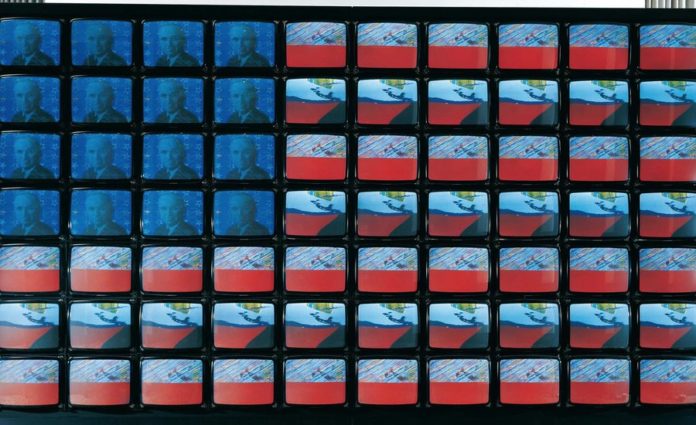Video Art
YouTube’s mission is to “give everyone a voice and show them the world.” If you’re looking for ways to make your content more inclusive and appeal to a broader audience, then you’re watching the right video! We’re going to cover tips on how your YouTube channel can help foster greater inclusion, and show you how your channel can be a force for good.
Hi, I’m Dr. Knatokie Ford, Founder and CEO of Fly Sci Enterprise — an education and media consulting firm focused on leveraging the power of storytelling to promote social change. I’ve partnered with YouTube to develop tools that build awareness about the importance of diverse representation, and help empower creators to produce more inclusive videos.
What I’ll dive into today comes from research from leading institutions as well as feedback we collected from quite a few top YouTube creators and partner organizations.
Before we jump in, it’s important to talk about the difference between diversity and inclusion. Diversity means different voices can be represented, but inclusion means all those different voices are actually being heard. It’s presence vs. power. Another way to think about the distinction is that diversity is inviting different people to a party, while inclusion is actually asking everyone to dance.
So let’s talk about The Opportunity here
On-screen representation in media is improving, but is not fully reflecting the diversity of the world. Ready for some stats!? In the U.S., women are 51% of the population, but only 36% of television broadcast leads. Multicultural people comprise 39% of the population, but just 22% of broadcast leads. Here’s another one, 20% percent of Americans between the ages of 18-34 identify as LGBTQ+, while they only represent 9% of primetime regulars. And one more, 13% of Americans have a disability, but only 2% are seen as primetime regulars on TV.
YouTube is different. Unlike traditional media, YouTube provides a forum for user generated videos. Therefore you as a creator have an opportunity to help address representation gaps.
Why should you care?
YouTube videos are highly consumed and tremendously powerful. It’s actually the most widely used online platform for U.S. adults and teens, and 41% of YouTube users are multicultural. Like other media, YouTube videos reflect and shape culture, and can influence the public’s perceptions of certain subjects, careers, and marginalized people. All media can either reinforce biases and stereotypes, or it can be a tool to help counter stereotypes and reduce biases.
Increasing diversity in media is not only good for society– it’s also good for business! In film, a more diverse cast can boost gross revenue. At every budget level, a film that has at least a 30% non-white cast outperforms less-diverse films in the opening weekend at the box office. It’s also worth noting that many of the most successful movies have appealed to diverse audiences.
So how can your YouTube channel(s) help foster greater inclusion?
It’s important to remember we all have unconscious bias, which can influence the people we choose to work with, the topics we cover and which perspectives we decide to include.
If you’re ready to explore how you can make your videos more inclusive and help level the playing field on YouTube, here are some questions you can ask yourself to get started:
Who’s on my team?
Diversity is a driver of innovation. Teams that have diverse perspectives are more creative and more innovative.
What topics are covered & what perspectives are included in my videos?
Start by looking at the type of videos that you’re making. Consider the topics that you discuss and the viewpoints that you include, especially those that may differ from your own.
What do people see when they visit my channel?
When thinking about what appears in a video– like talent, voiceovers and animations– is there diversity among the voices represented? We tend to default to what feels easiest, so decision making can be largely driven by convenience. Consider going beyond your usual circles and sources.
How do I engage & support other creators?
Think about how you can engage creators who have diverse perspectives and consider how your channel can support creators from underrepresented communities. Maybe do a collab!
How do I think about audiences when making my content?
Consider who’s tuning into your channel, and if your videos are truly welcoming a diverse audience.
Ok, I know I just gave you a lot. A lot of questions and stats. But this is a great opportunity to use your own channel to increase inclusion.
We’ll cover more in the Creator Academy lesson linked in the description. Questions? Let us know in the comments.
Thanks for watching.




